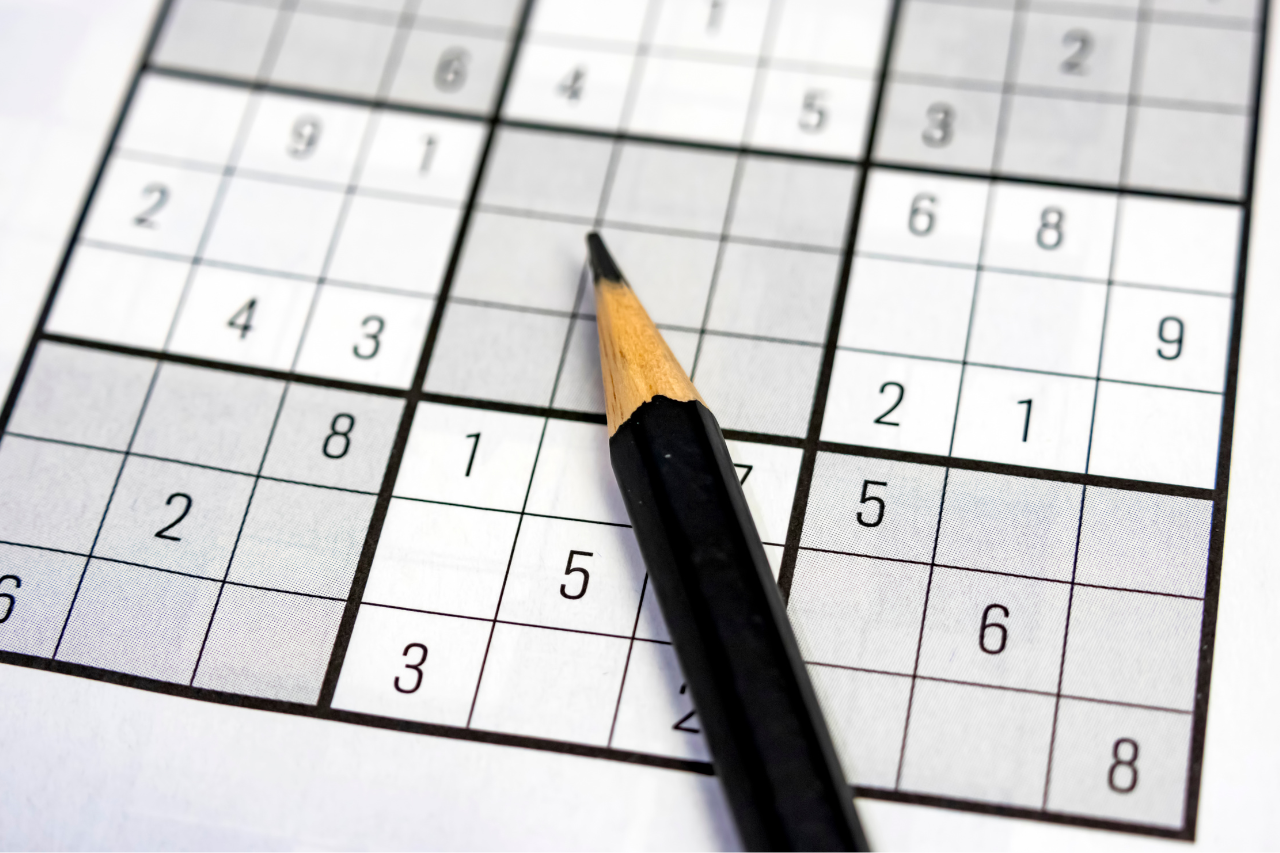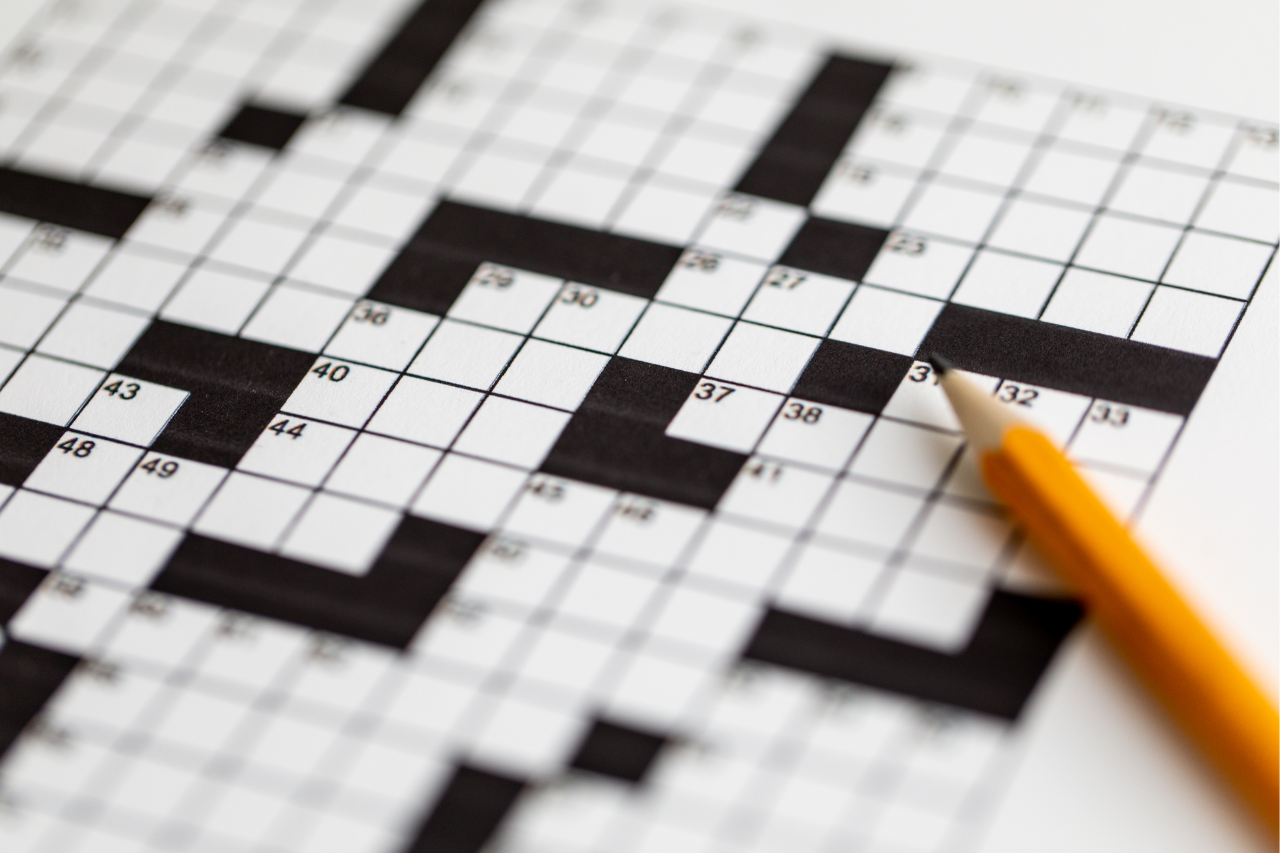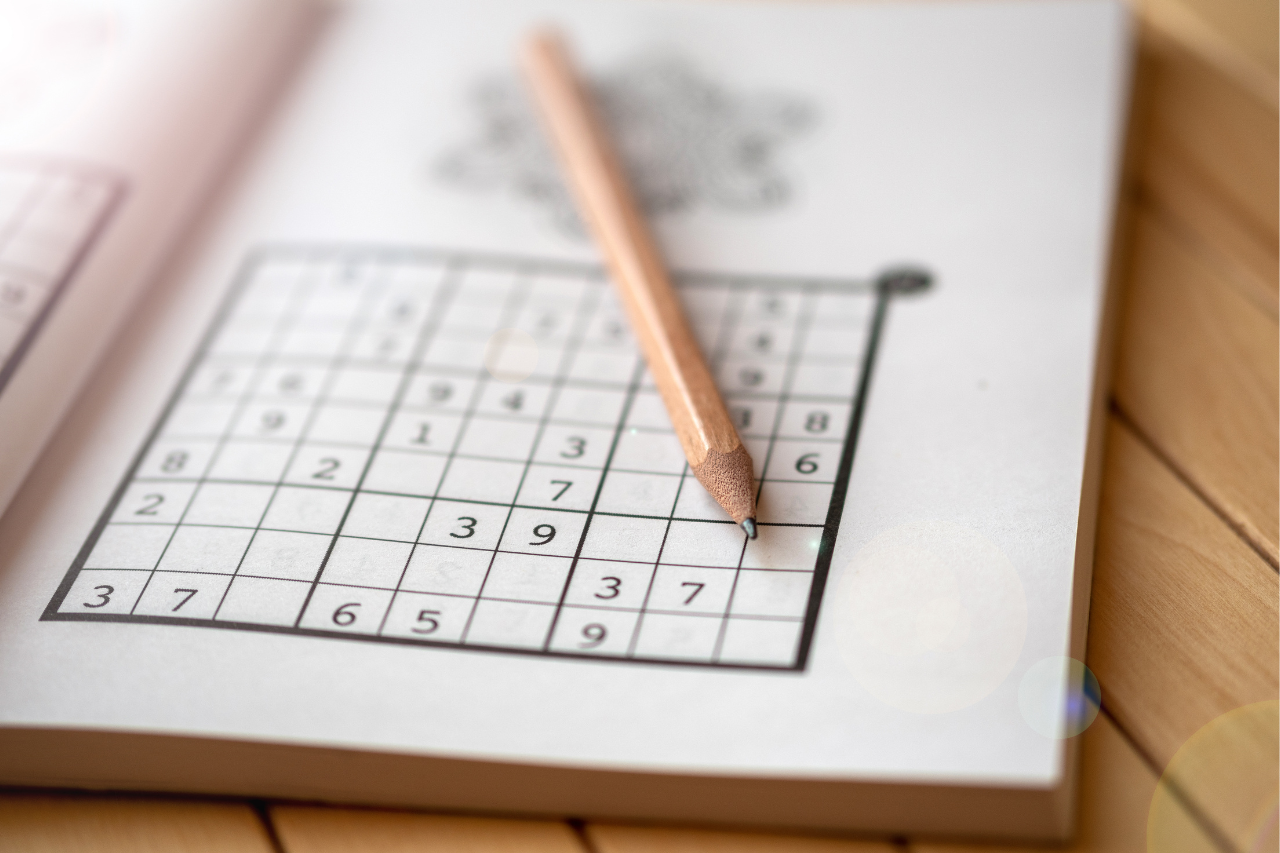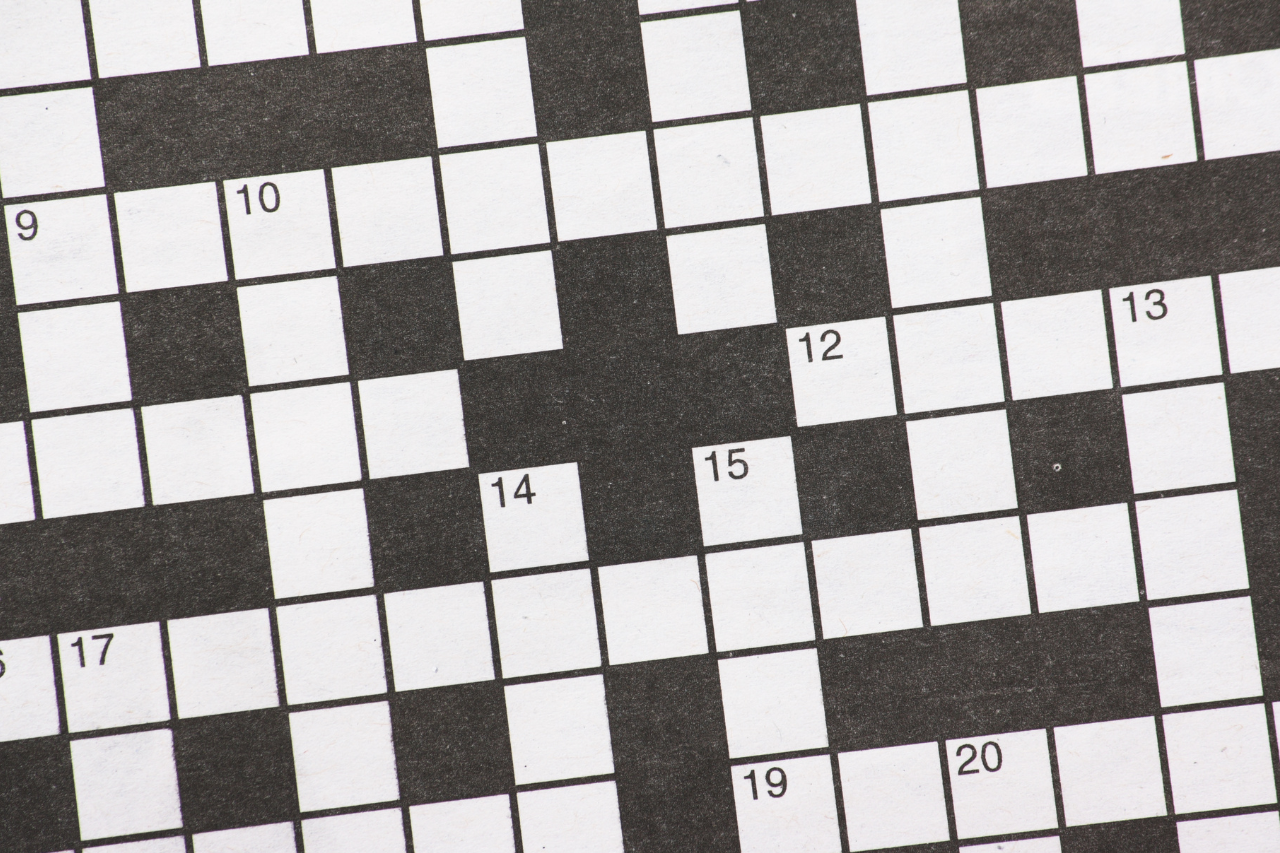
How to Solve Crossword Puzzles for Beginners: A Complete Step-by-Step Guide

Share:
How to Solve Crossword Puzzles for Beginners: A Complete Step-by-Step Guide
Staring at a blank crossword puzzle can feel intimidating. All those empty squares, cryptic clues, and intersecting words might seem impossible to crack. But here’s the good news: anyone can learn to solve crossword puzzles, and with the right strategies, you’ll be filling in those grids with confidence in no time.
Whether you’re looking for a fun mental workout, want to improve your vocabulary, or simply enjoy the satisfaction of completing a puzzle, this guide will walk you through everything you need to know to get started with crosswords.
What Makes Crossword Puzzles So Appealing?
Before we dive into solving techniques, let’s talk about why millions of people worldwide are hooked on crosswords.
Crossword puzzles offer a unique combination of benefits:
- Mental stimulation that keeps your brain sharp
- Vocabulary expansion as you encounter new words
- Stress relief through focused, engaging activity
- Sense of accomplishment when you complete a puzzle
- Flexible difficulty from easy Monday puzzles to challenging Sunday editions
The beauty of crosswords is that they meet you where you are. Beginners can start with simple puzzles and gradually work their way up to more challenging grids.
Understanding Crossword Puzzle Basics
The Anatomy of a Crossword
Every crossword puzzle has the same basic components:
The Grid: A square or rectangular pattern of white and black squares. White squares are where you write letters, and black squares separate the words.
Clues: Divided into “Across” (horizontal) and “Down” (vertical). Each clue has a number corresponding to where the answer begins in the grid.
Numbering System: Numbers appear in squares where answers begin. If a square has a number, it means at least one word starts there (either across, down, or both).
Common Crossword Terminology
- Fill: The letters you write in the grid
- Theme: Many crosswords have a theme connecting certain answers
- Crossing: Where an across word and down word share a letter
- Grid-spanning answer: A long answer that stretches across the entire puzzle
Step-by-Step Strategy for Solving Your First Crossword
Step 1: Start With What You Know
The biggest mistake beginners make is trying to solve clues in order from 1-Across onward. Instead, scan through all the clues and start with the ones you definitely know.
Read through both the Across and Down clues quickly. Mark or solve the ones where you immediately know the answer. Don’t worry if you can only answer a few at first—those few answers are your foundation.
Step 2: Look for Fill-in-the-Blank Clues First
Here’s your secret weapon: fill-in-the-blank clues are the easiest. These clues give you partial phrases where you just need to complete the common saying.
Examples:
- “_____ and crafts” (ARTS)
- “_____ of the above” (NONE)
- “Break a _____!” (LEG)
- “Ready, _____, go!” (SET)
Fill-in-the-blank clues are often gimmes because they rely on common phrases you already know. Hunt for these first and pencil them in confidently. They’ll give you crossing letters that help with harder clues.
Step 3: Tackle Short Answers Next
After fill-in-the-blanks, focus on three-letter and four-letter answers. These short words are easier to guess and verify through crossing letters.
Common three-letter crossword words you’ll see repeatedly:
- ERA, AGE, EON (time-related)
- ORE, OIL (natural resources)
- ARE, WAS, HAS (verbs)
- ATE, EAT (food-related)
Four-letter words are slightly harder but still manageable:
- AREA, TRIO, IDEA
- ALSO, ONLY, EVEN
The shorter the answer, the fewer possibilities exist, making them easier to confirm or eliminate.
Step 4: Use Crossing Letters to Your Advantage
This is where crosswords become like detective work. Once you have a few answers filled in, use those crossing letters as hints for intersecting words.
For example, if you’ve solved 5-Across and it gives you the letter “T” as the third letter of 3-Down, you’ve just eliminated dozens of possible answers for 3-Down.
Work back and forth between across and down clues. Each answer you fill in provides letters for crossing words, creating a snowball effect that makes the puzzle easier as you progress.
Step 5: Think About Word Patterns and Common Letters
Even if you don’t know an answer, you can make educated guesses based on patterns:
Common letter patterns:
- Words ending in “-ING”
- Words ending in “-ED”
- Words starting with “UN-” or “RE-“
- Plural forms ending in “-S” or “-ES”
Letter frequency: Some letters appear more often in English. E, T, A, O, I, N, S, R, and H are the most common. If you’re guessing, these letters are statistically more likely.
Vowel placement: English words typically alternate between consonants and vowels. If you see two consonants, a vowel often comes next.
Step 6: Look for Theme Connections
Many crosswords have themes where several answers relate to each other. Identifying the theme early can help you solve related clues more easily.
For example, if the theme is “Famous Painters,” and you see clues about art, you might guess answers like MONET, PICASSO, or REMBRANDT even if you’re not 100% certain—then confirm with crossing letters.
Themed answers are often the longest answers in the puzzle, so pay attention to those longer clue numbers.
Step 7: Don’t Be Afraid to Guess (Then Verify)
Crosswords reward intelligent guessing. If you have a hunch about an answer, pencil it in lightly and see if the crossing words make sense.
If your guess is wrong, the crossing letters won’t form real words, and you’ll know to erase and try again. This trial-and-error approach is completely normal and part of the solving process.
Step 8: Take Breaks When You’re Stuck
Your brain continues working on puzzles subconsciously. If you’re stuck, step away for 15-30 minutes (or even overnight). When you return with fresh eyes, answers that seemed impossible often become obvious.
This “incubation period” is a real phenomenon. Your mind processes information in the background, and when you revisit the puzzle, solutions pop up more easily.
Common Crossword Clue Types for Beginners
Understanding different clue types helps you recognize patterns:
Definition Clues
Straightforward definitions: “Large body of water” = OCEAN
Synonym Clues
Words with similar meanings: “Happy” = GLAD or JOYFUL
Example Clues
The answer is an example of the category: “Citrus fruit” = LEMON or ORANGE
Abbreviation Clues
If the clue is abbreviated, the answer is too: “Dr.’s org.” = AMA
Question Mark Clues
These involve wordplay or puns: “What’s a four-letter word for a 16-year-old’s dream?” = PROM (requires lateral thinking)
Tense and Number Agreement
Pay attention to verb tenses and singular/plural forms in clues—the answer must match.
Essential Tips for Crossword Success
1. Start with Monday puzzles if you’re solving newspaper crosswords. They’re the easiest and gradually get harder through the week, with Saturday being the most difficult.
2. Use a pencil, not a pen. Even experienced solvers make mistakes. Pencil lets you erase and adjust.
3. Don’t cheat with Google (at first). Challenge yourself to work through puzzles using only what you know. The satisfaction is much greater.
4. Learn crossword-ese. Certain obscure words appear frequently in crosswords: ESNE (medieval serf), OLIO (hodgepodge), ETUI (needle case). You’ll pick these up naturally.
5. Read clues carefully. Every word matters. “In the past” requires a past tense answer; “currently” needs present tense.
6. Practice regularly. Like any skill, crossword solving improves with consistent practice. Try to solve at least a few puzzles per week.
7. Celebrate small victories. Finishing your first complete crossword is a genuine accomplishment—be proud of yourself!
What to Do When You’re Completely Stuck
Even experienced solvers hit walls. Here’s how to push through:
Focus on different sections: If you’re stuck in one corner, move to another part of the grid.
Revisit earlier answers: Sometimes you’ll misread a clue or make a mistake early on that throws off everything else.
Work the crosses: Focus exclusively on the down clues for across answers you can’t get (or vice versa).
Check one answer: It’s okay to verify one answer if you’re truly stuck. This isn’t cheating—it’s learning. Just try to limit yourself to one lookup per puzzle.
Building Your Crossword-Solving Skills Over Time
As you solve more puzzles, you’ll naturally:
- Expand your vocabulary
- Recognize common crossword words
- Spot clue patterns more quickly
- Develop intuition for wordplay
- Increase your solving speed
Start with easy or beginner-level crossword books. These are specifically designed for people learning to solve. As you gain confidence, gradually move up to intermediate and advanced puzzles.
Want to practice right now? Download our free beginner crossword puzzle with solutions and step-by-step solving tips! [Insert link to free downloadable puzzle]
The Mental Benefits of Regular Crossword Solving
Beyond entertainment, crosswords offer real cognitive benefits:
Memory improvement: Recalling words and facts strengthens neural pathways
Vocabulary expansion: You’ll encounter and learn new words regularly
Problem-solving skills: Crosswords teach you to approach challenges from multiple angles
Focus and concentration: Puzzles require sustained attention, improving your ability to concentrate
Stress reduction: The focused engagement provides a mental break from daily worries
Delayed cognitive decline: Studies suggest regular puzzle-solving may help maintain mental sharpness as you age
Common Beginner Mistakes to Avoid
Mistake #1: Starting at 1-Across As mentioned earlier, solve the easy clues first regardless of order.
Mistake #2: Overthinking clues Often the simplest answer is correct. Don’t read too much into straightforward clues.
Mistake #3: Ignoring crossing letters Always verify your answers against the words they intersect with.
Mistake #4: Giving up too quickly Persistence pays off. Even if you only complete 50% of a puzzle at first, that’s progress.
Mistake #5: Using too-difficult puzzles Build confidence with easier puzzles before tackling the challenging ones.
Your Crossword Journey Starts Now
Solving crossword puzzles is a rewarding hobby that combines learning, challenge, and fun. Remember, every expert solver was once a beginner staring at a blank grid feeling overwhelmed.
The key is to start simple, use the strategies outlined in this guide, and practice consistently. Focus on fill-in-the-blank clues first, work the short answers, use crossing letters strategically, and don’t be afraid to guess and adjust.
Most importantly, be patient with yourself. Some puzzles will flow smoothly; others will frustrate you. That’s completely normal. Each puzzle you attempt—whether you finish it or not—makes you a better solver.
Ready to put these tips into action? Grab a pencil, download our free beginner crossword puzzle, and start filling in those squares. You’ve got this!
Frequently Asked Questions (FAQ)
Q: How long should it take to solve a crossword puzzle for beginners?
A: For beginners working on easy puzzles, anywhere from 15 to 45 minutes is normal. Don’t worry about speed—focus on completion. As you improve, you’ll naturally get faster.
Q: Should I use a pen or pencil when solving crosswords?
A: Pencil is strongly recommended for beginners. Even experienced solvers make mistakes, and pencil allows you to erase and correct without making a mess of your grid.
Q: What if I can’t finish a puzzle?
A: That’s completely okay! Partially completed puzzles still provide mental benefits and learning opportunities. You can always check the solution, learn from it, and try again with a new puzzle.
Q: Are crossword puzzles the same difficulty every day?
A: In newspapers like The New York Times, puzzles follow a weekly difficulty progression: Monday is easiest, gradually increasing through Saturday (hardest). Sunday puzzles are Thursday-level difficulty but larger.
Q: Can I look up answers when I’m stuck?
A: When you’re learning, it’s better to challenge yourself to work through puzzles without help. However, if you’re completely stuck and frustrated, looking up one or two answers to get unstuck is acceptable. Just try to limit this so you’re still learning.
Q: What’s the best way to improve at crosswords quickly?
A: Solve puzzles regularly (aim for 3-5 per week), start with beginner-level puzzles, and pay attention to patterns and common crossword words. Consistency is more important than quantity.
Q: Do I need a large vocabulary to solve crosswords?
A: Not initially. Beginner puzzles use common words you already know. Your vocabulary will naturally expand as you solve more puzzles and encounter new words in context.
Q: Are online crosswords different from paper crosswords?
A: The puzzles themselves are the same, but online versions often have helpful features like checking individual letters or revealing answers. For learning, these tools can be useful, but try to use them sparingly.
Q: How do I know which difficulty level to start with?
A: If you’ve never solved a crossword before, start with puzzles labeled “easy,” “beginner,” or “Monday-level.” You should be able to fill in at least 30-40% of the puzzle. If you can’t, drop down a level.
Q: What are the most common words in crosswords?
A: Short words like ERA, ORE, ARE, ATE, AREA, and ALOE appear frequently. You’ll also see common crossword words (crosswordese) like ESNE, OLIO, and ETUI. Don’t memorize these—you’ll learn them naturally through solving.
Most Popular
Subscribe To Our Weekly Newsletter
Categories
Related Posts

What is the Hidden Rule in Sudoku?
Share: If you’ve been solving Sudoku puzzles for a while, you’ve probably mastered the basic rules: fill each row, column, and 3×3 box with the

The Science Behind Sudoku: Why This Puzzle Boosts Children’s Brain Power
Share: As a parent or educator, you’re constantly seeking activities that entertain children while developing their cognitive abilities. Sudoku—those number grids you might associate with

How to Solve Crossword Puzzles for Beginners: A Complete Step-by-Step Guide
Share: How to Solve Crossword Puzzles for Beginners: A Complete Step-by-Step Guide Staring at a blank crossword puzzle can feel intimidating. All those empty squares,

Crossword Puzzle Tips and Tricks: Expert Strategies to Solve Faster and Smarter
Share: Crossword Puzzle Tips and Tricks: Expert Strategies to Solve Faster and Smarter You’ve mastered the basics of crossword puzzles, but now you’re ready to
